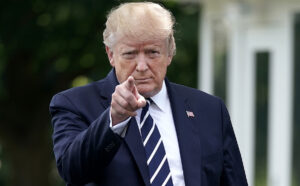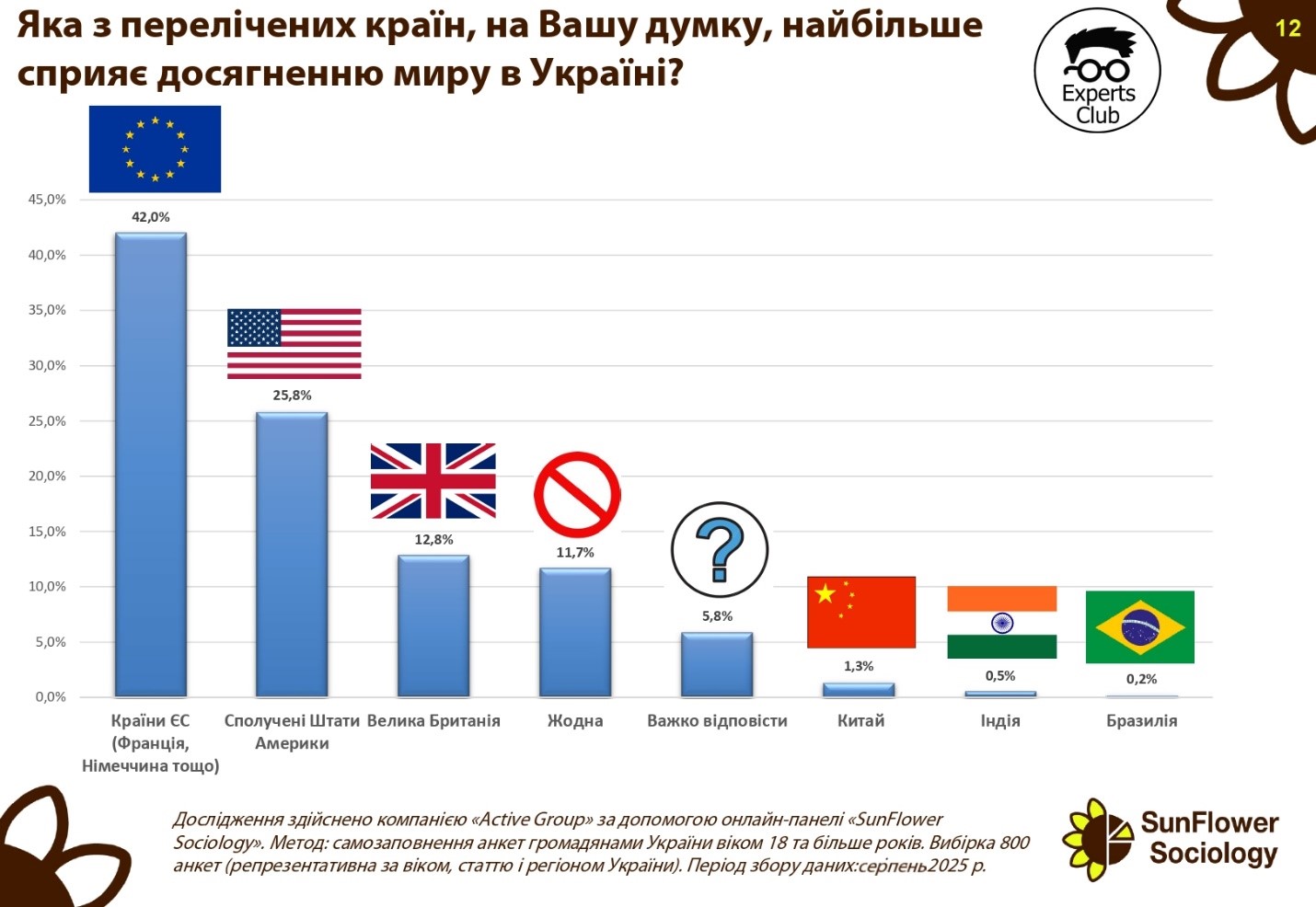
The Chinese Foreign Ministry announced sanctions against 10 individuals and 20 US defense companies in response to the latest US arms deliveries to Taiwan. This was stated in a statement by the Chinese Foreign Ministry, released on Friday and quoted by Reuters.
The restrictions apply, in particular, to Boeing in St. Louis, as well as a number of other US defense contractors. The sanctions include freezing any assets of companies and individuals in China and prohibiting Chinese legal entities and individuals from doing business with them. In addition, executives on the sanctions list are barred from entering mainland China, as well as Hong Kong and Macau.
Beijing linked the decision to Washington’s approval of a large package of arms supplies to Taiwan worth more than $10 billion, including HIMARS multiple launch rocket systems, artillery, and other types of weapons to strengthen the island’s defenses.
The Chinese authorities have stated that they consider US arms supplies to be interference in the internal affairs of the PRC and a violation of the “one China” principle, promising to continue to take “decisive measures” in response to the arming of Taiwan.
The Experts Club think tank previously compared the military capabilities of China and Taiwan. For more details, see https://www.youtube.com/shorts/kFdxOOC4_Ss

The US will impose tariffs on chip imports from China in connection with Beijing’s “unreasonable” attempts to secure dominance in the semiconductor industry, the administration of US President Donald Trump has announced. The size of the tariffs will be announced at least 30 days before their introduction, which has been postponed until June 2027.
“China’s focus on dominating the semiconductor industry is unreasonable and burdens or restricts US trade, and therefore warrants action,” said US Trade Representative Jamison Greer in a statement.
The US authorities have been investigating Chinese chip imports for unfair trade practices throughout the year and have concluded that China has been engaging in such practices.
Beijing could use its control over the global semiconductor industry to exert economic pressure on other countries, the trade representative’s release said.
In response, the Chinese Foreign Ministry criticized the US for abusing tariffs and suppressing sectors of the Chinese economy.
Ministry spokesman Lin Jian said that the American approach harms not only global supply chains, but also Americans themselves.
“If the US continues to do things its own way, China will resolutely take appropriate measures to protect its legitimate rights and interests,” the Financial Times quoted him as saying.

US President Donald Trump has said that representatives of his administration will not participate in the G20 summit, which will take place on November 22-23, 2025, in Johannesburg, citing “violations of the rights” of white South Africans. He announced this on the social network Truth Social, and his position has been reported by leading publications.
According to Trump, holding G20 meetings in South Africa is a “disgrace,” and the country’s authorities allow the murder and illegal seizure of land from Afrikaners. The South African side called such statements unfounded and “regretted” the US decision.
South Africa will chair the G20 in 2025, with a leadership meeting scheduled for November 22-23 in Johannesburg.
The Trump administration has previously signaled a tough stance on South Africa, including public statements on the situation surrounding white farmers, which have been criticized by the expert community and South African officials.
boycott, G20, SOUTH AFRICA, SUMMIT, US

The Finnish government has decided to allocate €100 million for the purchase of weapons from the US for transfer to Ukraine, Prime Minister Petteri Orpo announced on Thursday.
“On Thursday, the government decided to allocate €100 million to support Ukraine by purchasing weapons from the US. This is a NATO-coordinated support package called PURL. Finland is participating in a joint support package for the Baltic and Northern European countries, which is planned to be delivered to Ukraine in the near future,” the Finnish prime minister said, as quoted by the Helsingin Sanomat newspaper.
“The situation in Ukraine is critical. Yes, we must participate. We cannot stand aside when all the countries of Northern Europe and the Baltic States are involved,” he stressed.
According to Orpo, the funding will be provided through external borrowing and Finland’s budget will not be revised, “even though it will increase the debt.”
The initiative to finance the purchase of American weapons for Ukraine came after the US administration refused to continue supplying weapons to Kyiv free of charge. In August, four packages of American weapons were prepared for a total amount of about $2 billion. The financing was provided by Germany, Denmark, Canada, the Netherlands, Norway, and Sweden.
On August 15, at a meeting of NATO defense ministers in Brussels, Estonia, Latvia, Lithuania, Belgium, Luxembourg, Finland, and Iceland announced their decision to join the program. In October, Spain also announced its participation.

According to the results of a study conducted by Active Group and Experts Club in August 2025, Ukrainians rated the role of European Union countries in promoting peace in Ukraine the highest.
According to the survey, 42.0% of respondents believe that the EU (primarily France and Germany) is making the greatest contribution to the peace process. 25.8% of respondents noted the key role of the United States, and 12.8% noted the key role of the United Kingdom. At the same time, 11.7% of Ukrainians believe that no country is contributing to the establishment of peace, while 5.8% were unable to decide on an answer. Significantly fewer respondents noted other countries: China — 1.3%, India — 0.5%, Brazil — 0.2%.

“The results show that Ukrainians rate the diplomatic and political efforts of the EU and the US highest. Together with the UK, these countries form the main international triangle of trust for Ukrainian society,” said Active Group Director Oleksandr Pozniy.
Maksim Urakin, co-founder of Experts Club, emphasized the economic dimension of the partnership.
“For our country, it is important not only to have a political partnership with the EU, the US, and the UK, but also an economic one. China, on the other hand, despite its leadership in trade with Ukraine, remains on the periphery of the peace process,” he said.
The survey was part of a large-scale project by Active Group and Experts Club to study Ukraine’s international image and foreign policy orientations.
ACTIVE GROUP, CHINA, EU, EXPERTS CLUB, peace in Ukraine, Pozniy, SOCIOLOGY, UK, URAKIN, US